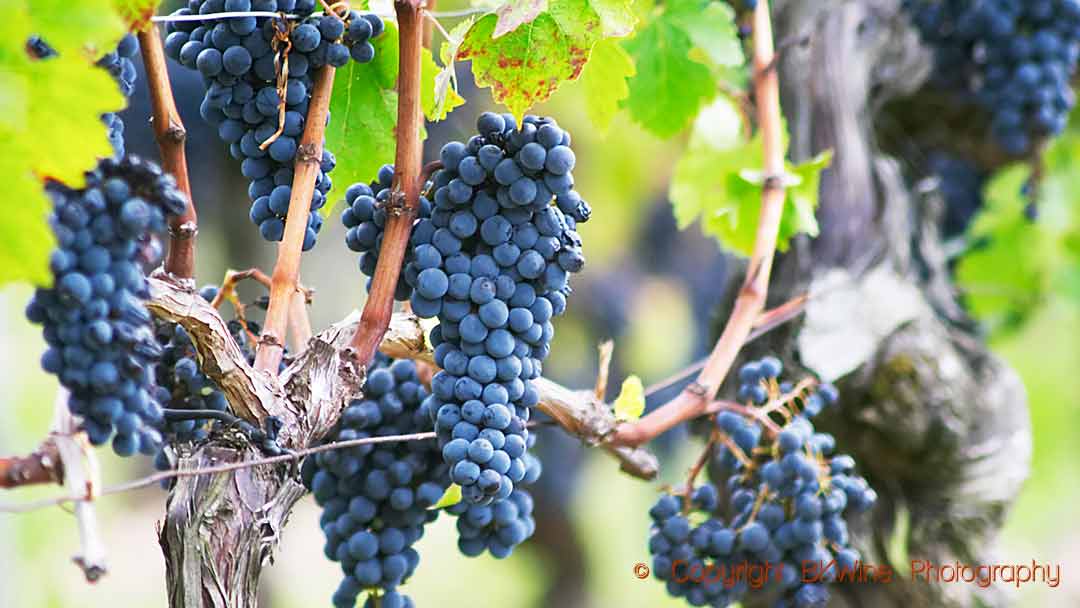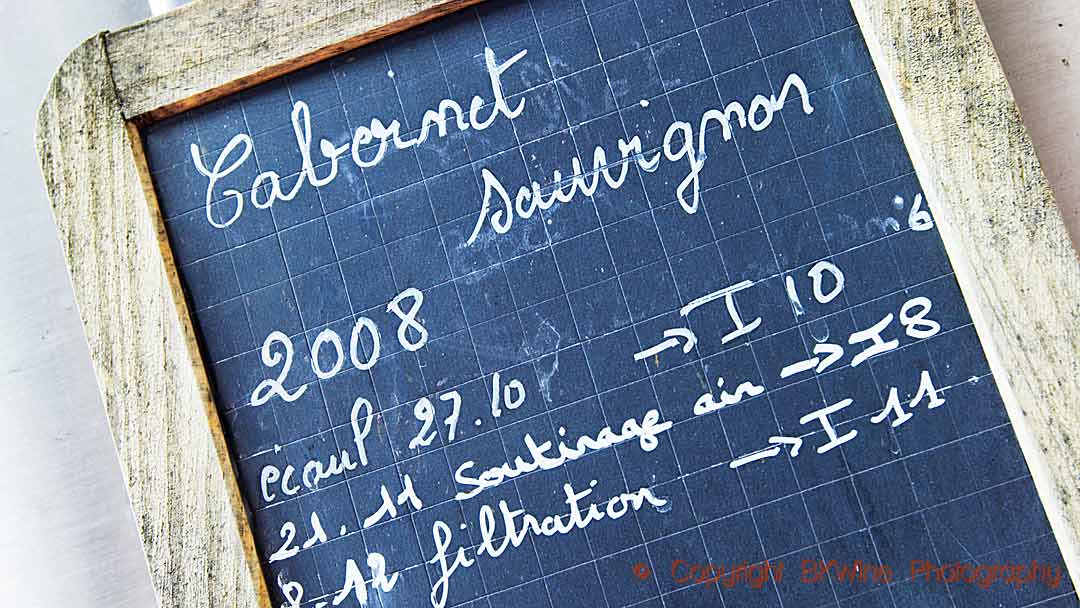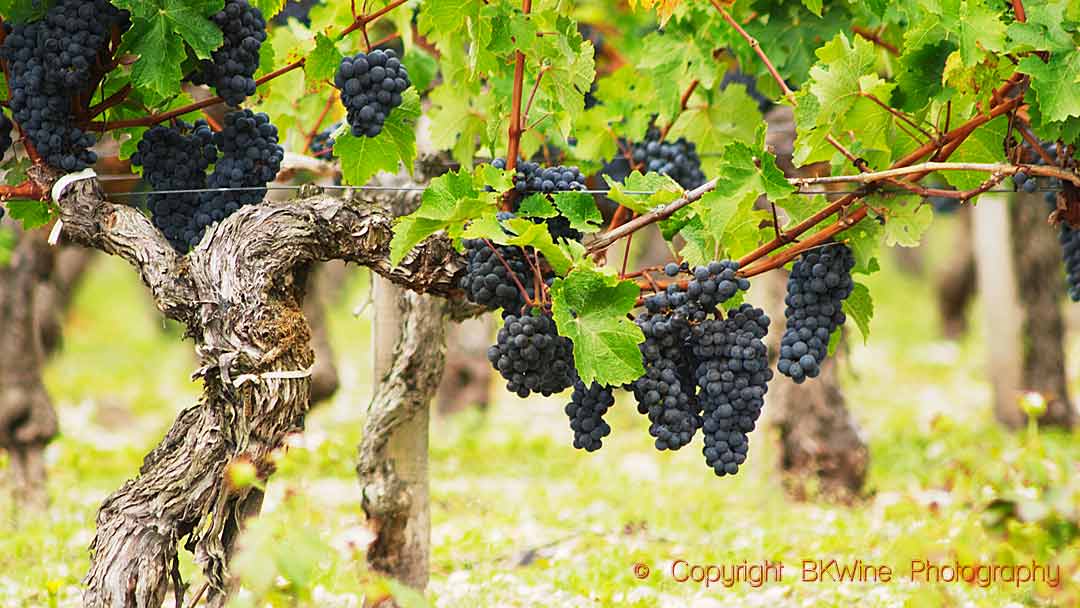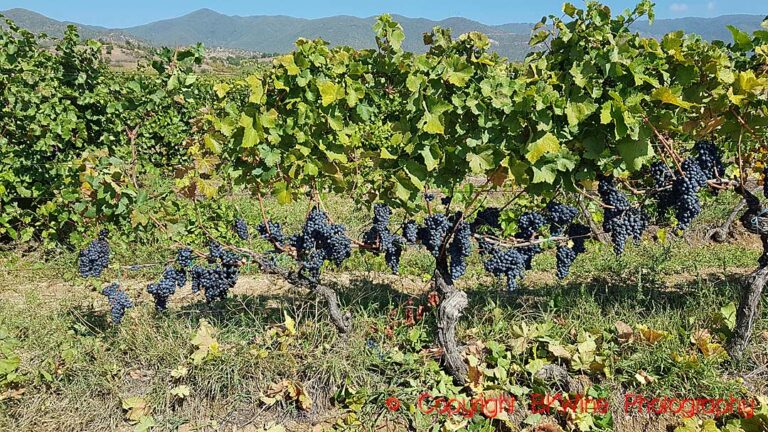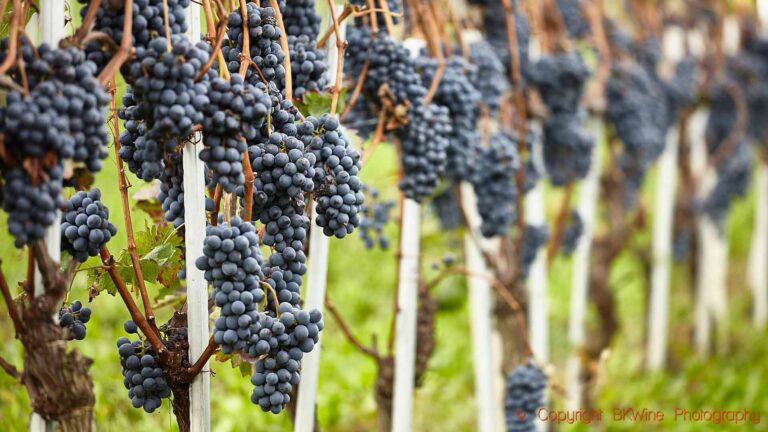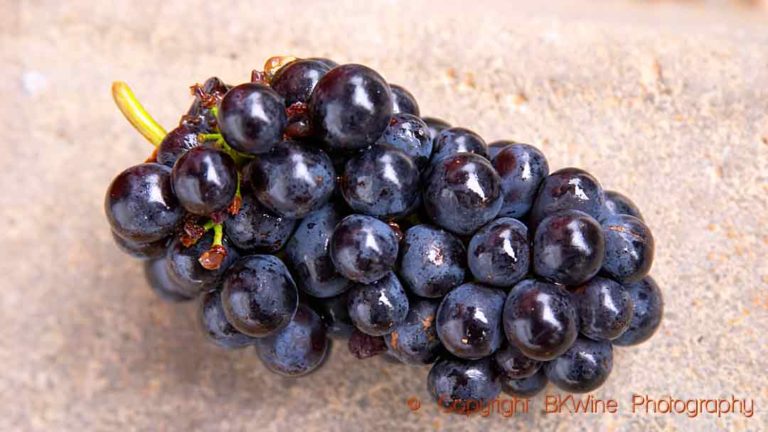Cabernet Sauvignon is now the grape variety with the biggest acreage in the world
Cabernet Sauvignon has long been responsible for some of the world’s most talked-about, appreciated and expensive wines. In Bordeaux, it is worshipped. In the 1990s, when California and other New World countries introduced Cabernet to wine drinkers around the world, the success was a given. How is it doing today? Are wine consumers still infatuated by Cabernet Sauvignon?
What grape variety that is used is of course important for the character of a wine. This does not mean that you can always tell which grape the wine in your glass is made of. In fact, there are very few grapes that you can immediately recognize. They are almost exclusively aromatic grapes such as Gewurztraminer and Muscat.
This is a longer version of an article published on Forbes.com.
This is an article in our series of presentations of the world’s most popular and exciting grape varieties. Read other articles here:
Also, don’t miss our tasting suggestions of wines to taste to learn the character of cabernet sauvignon.
Some people claim that also other grapes have such a strong character that you recognize them wherever they are grown. Cabernet Sauvignon is said to be such a grape. But, is that really the case? Do you always recognize a Cabernet Sauvignon in a blind tasting? No, you don’t.
Today, Cabernet Sauvignon is the most grown grape variety in the world. In other words, it is spread throughout the world. This means an array of different climates and soil types. And an even bigger variety of winemakers with different ambitions.
But that doesn’t stop Cabernet Sauvignon from being part of the wine world’s nobility.
It is planted on a total of 340,000 hectares in the world, just over 5% of the world’s vineyard surface. Cabernet Sauvignon is originally from Bordeaux where it has probably existed since the 18th century. There are 27,000 ha in Bordeaux, mainly in the Médoc and in Graves. France has a total of 51,500 ha of Cabernet Sauvignon, making it the fourth most planted red grape in the country.
Other regions in France also benefit from the grape’s popularity. In the Languedoc, it is grown on 16,500 ha and produces wines of varying style and quality. There is also a little in the western part of Provence where Cabernet Sauvignon is allowed in Coteaux d’Aix en Provence and Les Baux en Provence.
Of course, the fact that Cabernet Sauvignon has become the favourite of so many wine producers is partly due to the fact that they are inspired by the greatness of Bordeaux. A high-quality Bordeaux has the ability to age in the bottle for a long time. Being able to mature gracefully is by some considered (for better or worse) the very essence of noble wine.
It also helps that the grape is relatively easy to grow and not so fussy. It does well in both warm and cool climates. But not too cool. Notes of green pepper can develop in cool climates which are rarely popular among wine drinkers.
It is not so picky in terms of soil, but many would say that it does best in a well-drained gravelly and pebbly soil, like the ones found “at home”, in Médoc and Graves.
It is quite a robust vine that buds late and ripens late. It is relatively resistant but sensitive to some diseases, especially oidium and esca, a severe trunk disease.
The bunches are small with thick-skinned grapes. You easily get good colour with Cabernet Sauvignon. The classic characteristics are the firm tannins, the dark fruit, the cedar wood, the cigar box, the complexity and the lingering taste. Many Cabernet wines spend time in oak barrels. In Médoc and Graves normally around 12-18 months. Top-class Cabernet wines may require ageing, although today’s Bordeaux wines, even the best ones, are enjoyable much earlier than in the past.
However, the ageing potential is still there and the aromas develop with increasing age towards elegance, dried fruit and autumn leaves.
A wine from Médoc or Graves is almost always a blended wine. Here you rarely see more than 80% Cabernet Sauvignon, usually a little less. The rest is Merlot and Cabernet Franc and maybe a dash of Petit Verdot. The “Bordeaux blend” has become a concept worldwide.
Now, everyone doesn’t agree that it should be blended. In warmer climates, the grape gives a softer, more generous style with warmer and ripe fruits. The tannins are softer, the fruit more obvious. This is usually where you have difficulties recognizing the grape.
The big Cabernet country after France is California. There are a little over 41,000 planted in the United States. It is the most planted red grape in the country and in total it is in second place after Chardonnay. Some of the world’s most expensive and most prestigious Cabernet Sauvignon wines come from California. The style is often opulent, with generous fruit but still with good structure. Here the grape often performs in splendid isolation.
It was from California that the stunning news came in 1996, that Cabernet Sauvignon could be a spontaneous cross between Cabernet Franc and Sauvignon Blanc. Can a white grape be a parent to the dark, powerful cabernet sauvignon? Not everyone is convinced.
Chile is the country with the largest share of its vineyard surface planted with Cabernet Sauvignon, an impressive 20%. In Australia, the grape is in second place after Shiraz with which it is sometimes blended. Cabernet is also a popular grape in Argentina and South Africa. In China it is the most planted grape for making wine. In Spain and Italy, Cabernet Sauvignon, although much less planted than local grapes, is responsible for some very top-quality wines.
The world is not yet tired of Cabernet Sauvignon. Actually, the grape is still on the rise. Are producers out there still looking for the holy grail, a remake of a grand Pauillac? Maybe still a little bit. But most of them are probably simply proud of their own interpretation.
Total worldwide surface: 340,000 hectares
Main countries: France, USA, Chile, Australia, South Africa, Argentina, China
Characteristics: Rich, full-bodied, firm tannins, good concentration, blackberries, cedarwood, cigar box, ageing potential
Read more: Wine suggestions to explore the grape variety characteristics of cabernet sauvignon.
Don’t miss the other articles in our grape variety profile series. You can find the list at the beginning of the article.
This article was originally published in a shorter version on Forbes.com.
Travel: Travel with us on BKWine on a wine tour to Bordeaux, or why not on a wine tour to Chile (and Argentina).


